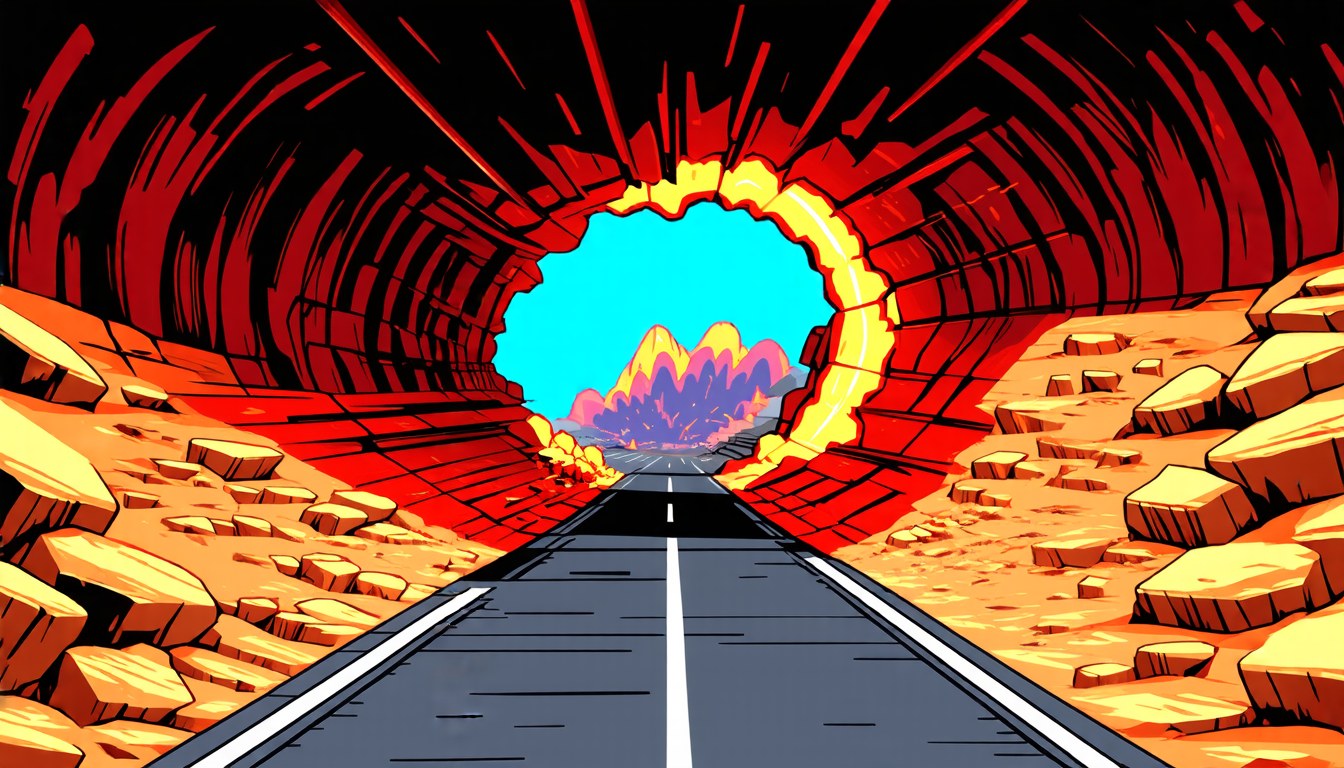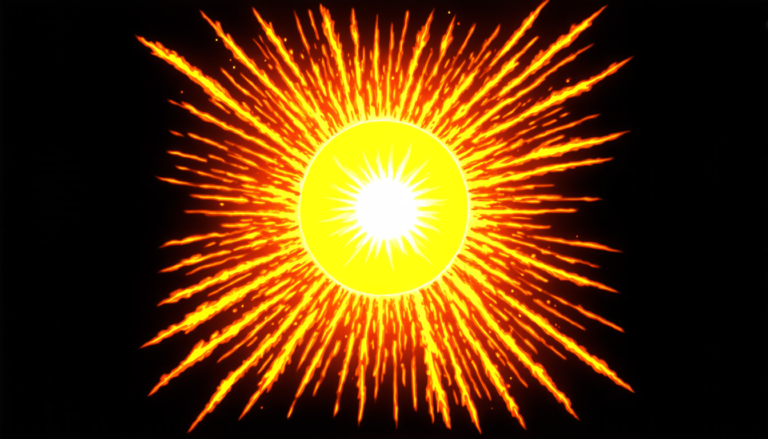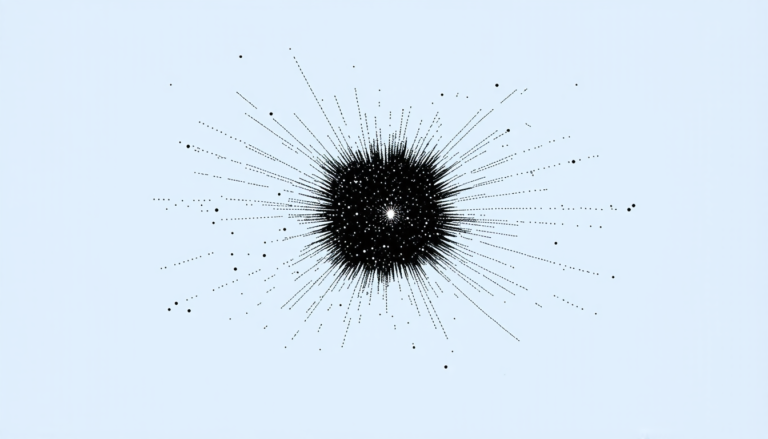Tuesday 07 October 2025
Deep underground, where the weight of the earth’s crust is crushing, rocks are constantly shifting and breaking apart. It’s a slow process, but one that can have devastating consequences when it happens suddenly – like a rockburst.
Rockbursts are violent ejections of rock fragments, often triggered by seismic activity or mining operations. They can occur anywhere, from deep tunnels to vast underground caverns. The problem is that scientists have long struggled to understand what causes these events, and how to predict them.
Now, researchers have developed a novel analytical framework to diagnose both static and dynamic stress perturbations and quantify their contributions to fault-slip rockbursts around circular tunnels. It’s a major breakthrough in the field of rock mechanics, which could ultimately save lives and prevent costly damage to infrastructure.
The new approach combines linear elastic fracture mechanics with seismic source theory and the Kirsch solution, allowing scientists to assess whether coseismically elevated maximum tangential stress on the tunnel boundary under static and dynamic triggering effects is sufficient to induce failure. It’s a complex process, but one that has been extensively tested using synthetic case studies representing typical fault-slip rockburst scenarios.
The results yield a rockburst hazard map that delineates regions of elevated triggering potential in the near-field and far-field of the seismogenic fault. This means that scientists can now identify areas where rockbursts are more likely to occur, and take steps to mitigate the risk.
But how does it work? In essence, the framework simulates the movement of rocks under different stress conditions, taking into account factors like seismic activity, rock mass properties and in-situ stress conditions. By analyzing these simulations, scientists can identify areas where the stress is building up, and where a sudden release of energy could occur.
The implications are significant. For miners, it means that they can better plan their operations to avoid triggering rockbursts. For tunnel engineers, it means that they can design safer tunnels by identifying areas where the risk of rockbursts is higher. And for scientists, it means that they have a new tool to study the complex interactions between rocks and stress.
The research has already been applied to a historical fault-slip rockburst event at the Gotthard Base Tunnel in Switzerland, successfully capturing the triggering mechanism of the observed failure. It’s a testament to the power of this new analytical framework, which could revolutionize our understanding of rockbursts and how to prevent them.
Cite this article: “Cracking the Code: New Framework Predicts and Mitigates Rockbursts”, The Science Archive, 2025.
Rockbursts, Seismic Activity, Mining Operations, Fault-Slip, Rock Mechanics, Stress Perturbations, Fracture Mechanics, Seismic Source Theory, Kirsch Solution, Tunnel Engineering







